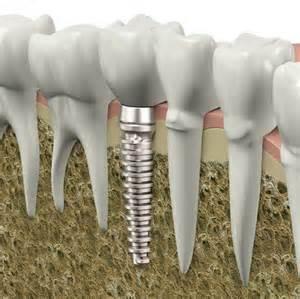Leprosy is one of the most dreaded words. It used to be so and continues to be so due to misinformation. People are not aware of the discoveries made in curing and eradicating Leprosy. Taking undue advantage of the general phobia, authors and comics-writers also have been responsible in propagating the old myth of Leprosy as being a disease with drastic effects such as suppurating wounds with eaten up fingers, toes and nose, total lack of sense of touch and more than anything a disease which is highly communicable and hence one requiring isolation from the society.
Nothing can be farther from the truth. The multidrug therapy(MDT) with which the patients are treated right from the day it is diagnosed makes sure that the patients are not infectious and so can live a normal life among their own family and society. To rid the disease of the stigma associated with the name Leprosy, it is now called Hansen’s disease and it is treated not in isolated hospitals and leprosaria but by dermatologists in general hospitals.
To give a true picture, I have reproduced here a letter written in the Health supplement of The Week.
ROOTING OUT THE STIGMA
My mobile phone was ringing rather persistently. Assuming it to be one of those telemarketing calls, I kept pressing the ‘do not answer’ button . Finally, fed up by the ringtone, I answered, not expecting the gravity of the news I was about to hear. My friend Puja (name changed) was at the other end.
“Do you know I have become a leper?’. I was ready for the banter. “What crime did you commit to deserve ostracisation from the society?” I joked. Her voice shaking, she replied, “You don’t understand. I have become a medically- diagnosed patient of leprosy.”
A leprosy patient was someone I had imagined begging on the roads, with hands and feet wrapped in dirty bandages, and the nose eaten up or being transported in push carts. A situation I could not imagine my friend in.
“No,”She explained, “ Most such cases are victims of syphilis and other sexually transmitted diseases. This is leprosy, known as Hansen’s disease.” She asked me to visit her at home to discuss the matter further.
I was hesitant.What if she transmits the disease to me, I thought. She understood my pause and said, “Leprosy is the most misunderstood disease. A patient can live among others and need not be an outcast”.
Puja had been on immuno-suppressants for 12 years after she was diagnosed with rheumatoid arthritis. She had hypertension and hyper thyroidism. She had hypersensitivity to sun. She also had a patch on the back,which itched. Her dermatologist said it was atopic dermatitis. It would flare up and subside after medication. When it became thicker, he prescribed tests for Lupus and sensitivity to her medications. In the meantime, the patch (on the back) had become big and lesions had appeared on hands, feet and ears. Finally, a bit of the patch was removed and sent for biopsy. The diagnosis- leprosy, borderline tuberculoid.
Her doctor told her that the term Hansen’s disease removed the association with social isolation. She could lead a normal life, he said.
There was no history of the disease in Puja’s family. Her doctor conjectured that she might have caught it on an all India pilgrimage 20 years ago and it manifested when the drugs lowered her resistance.
Puja was put immediately on Multi drug therapy(MDT) for at least a year, to ensure that she did not transmit the disease-leprosy often spreads through the droplets of the nasal secretions in the air. When she told her family, they supported her, one relative even joking about buying a house on an island where leprosy patients lived. There were no more Leprosaria or isolated hospitals, they found and the patients were treated by dermatologists.
The leprosy lesions are not open wounds but changes under the skin-mycobacteria attack nerve ends, leading to loss of touch.
One year and three months later, Puja’s lesions started shrinking. As healing progressed, they turned chocolate brown which was cosmetically distressing for her. But they cleared up in six months.
One and a half year after her ordeal began, a slit skin smear test confirmed that she was her 100% cured with minimal damage to nerves.
She now leads a happy, normal life and goes out. She is all the more stronger and thankful after her ordeal.
Vimala Ramu
On email.
(courtesy THE WEEK)
PS- The above letter had won the prize’ Best letter of the week’

